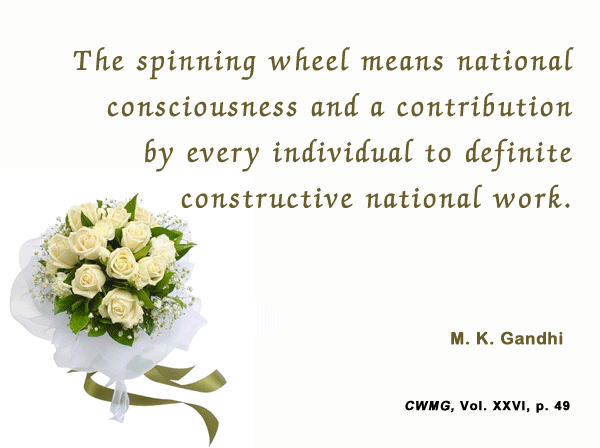THE
PRESIDENT OF INDIA DEDICATES WORLD’S BIGGEST INTERNATIONAL GANDHI RESEARCH
CENTRE TO HUMANITY
President
Pratibha Patil inaugurated the Gandhi Research Foundation, Jalgaon, on 25th
March, 2012. Speaking at a gathering after inaugurating the Foundation,
President Patil said she was happy that memorabilia and writings of the father
of the nation would be housed in this institute in her hometown.
GRF has so far collected from authentic sources 7350 books, 4090
periodicals viz. Harijan, Navjeevan and Young India etc., 4019 photographs, 75
films, 148 audio of Gandhiji’s speeches, philately items from 114 countries
etc. We have over 1,75,000 pages of scanned documents relating to/from the
collection of Gandhiji, Vinoba Bhave, Mahadev Desai and historian Dharampal.





























